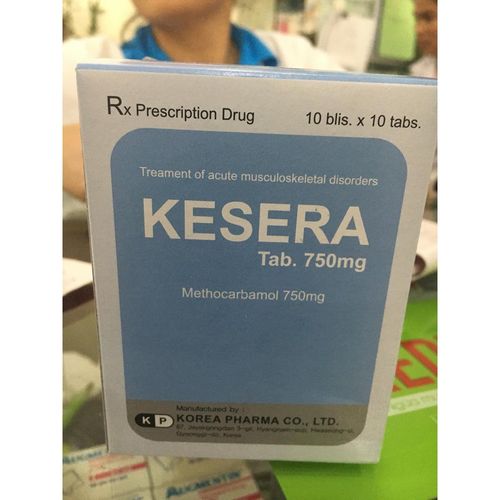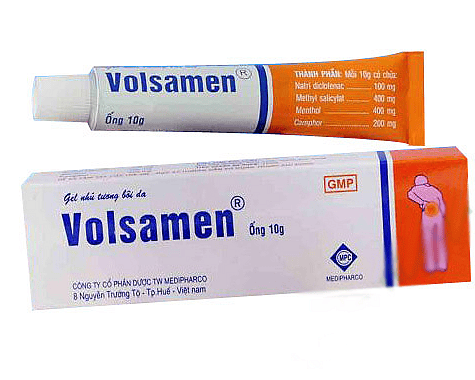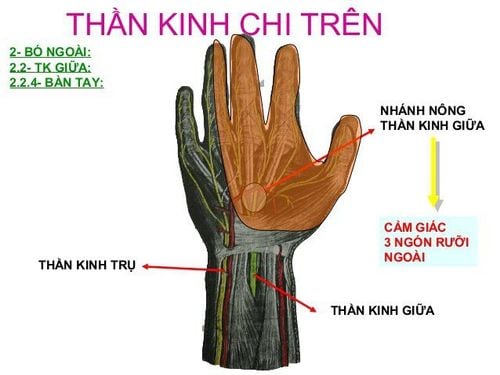This is an automatically translated article.
Radial neuropathy is a disease of the radial nerve caused by many different causes. Treatment of radial neuropathy is done based on a combination of many different measures such as monitoring, eliminating risk factors, medication, physical therapy, and surgery if necessary.
1. What is radial neuropathy?
Radial neuropathy is a disease that refers to inflammation of the radial nerve in the form of inflammation due to many different causes, the most common being trauma and compression that causes the nerve to become trapped in one position. The most common site of radial neuropathy is the anterior aspect below the elbow joint or the upper forearm. The radial nerve is a major nerve in the arm region, running from the armpit to the elbow, dividing many small branches that control movement and sensation in the arm, forearm and hand in humans. Thanks to the radial nerve, humans can perform arm flexion and extension movements, extend fingers through the little finger extensor muscles, short thumb extensor, index finger extensor, finger extensor, long thumb shape. . The sensory area of the radial nerve includes the back of the arm, the lateral half of the back of the hand from the dorsal surface of the thumb to the dorsal surface of the 1st, 2 index fingers, and half of the 1st middle finger. Therefore, when suffering from radial neuropathy, patients often face many abnormal manifestations related to movement and sensation of the upper extremities.
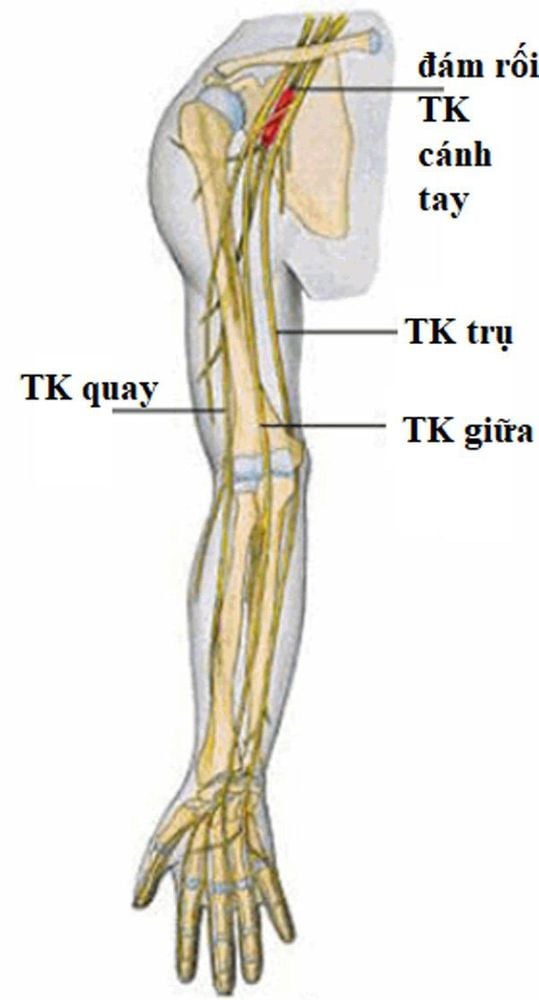
2. Causes of radial neuropathy
Any agent that causes trauma or compression to the radial nerve at one or more sites in its path can lead to radial neuropathy. Some common clinical causes are listed below:
Direct trauma to the arm area such as humerus fracture Trauma to the armpit, causing compression of the superior segment of the radial nerve Compression of the radial nerve at radial nerve fis damage to the radial nerve segment above the forearm bone Injuries related to the bursitis of the elbow joint such as acute inflammation, synovial cyst, dilatation of the synovial sac Radial neuropathy in infants often due to abnormal positions in the uterus or damage to the brachial plexus during assisted delivery. Lead poisoning can also cause radial neuropathy. The lesion then occurs in both the left and right radial nerves.
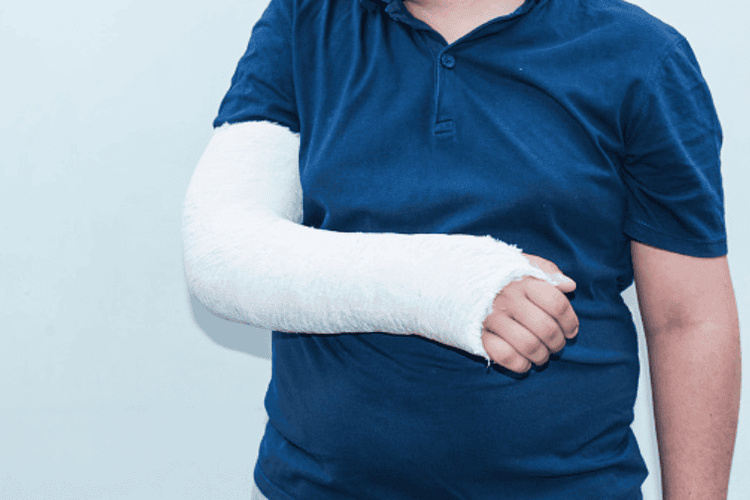
Gãy xương cánh tay có thể ảnh hưởng đến thần kinh quay
Radial neuropathy can occur in people of any age. However, some subjects have a higher risk of radial neuropathy than others, such as people who have had diabetes for many years, have diseases that decrease kidney function or move their arms a lot, often hand injury.
3. Symptoms of radial neuropathy
With the function of the radial nerve, the clinical symptoms of radial neuropathy are mainly related to motor and sensory disturbances of the upper extremities, including:
Pain sensation along the nerve path Rotation Paresthesia, numbness, or decreased sensation in the lateral half of the hand, from the dorsal surface of the thumb to the lateral half of the knuckle of the middle finger. Limit extension and flexion of the arm at the elbow joint Difficulty extending the fingers and hands. The characteristic postures of radial nerve palsy are the forearm hemifascia, the hand drooping, the fingers not maximally flexed, and the thumb closed. Unable to perform extension and extension at the same time. Symptoms of edema in the back of the hand, thin skin, or atrophy of the muscles controlled by the radial nerve, atrophy of the hand is a manifestation of nutritional disorders in radial neuropathy.
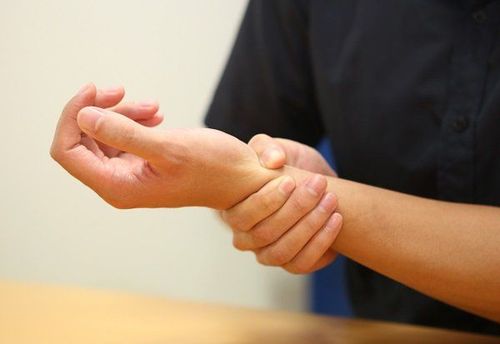
Bàn tay teo nhỏ ở người bệnh thần kinh quay
4. Diagnostic methods for radial neuropathy
Radial neuropathy is diagnosed based on a combination of information about clinical symptoms, subclinical symptoms and exploitation of risk factors to help determine the cause of the disease. Clinical symptoms of the disease include movement and sensory disturbances and nutritional abnormalities in the arms and hands. In addition, a number of laboratory methods are often used in combination to diagnose radial neuropathy, including: X-ray of the arm and hand to help detect cases of fracture of the arm with displacement, dislocation Elbow or foreign body suspected of compression of the radial nerve. Electromyography of the areas innervated by the radial nerve shows decreased electrical conduction. Neuromuscular activity studies, measuring the signal conduction velocity in the radial nerve also showed decreased conduction velocity.
5. Treatment of radial neuropathy
Treatment of radial neuropathy aims to restore normal range of motion and sensation in the arm and hand on the side of the radial nerve injury as much as possible. Besides treating the symptoms, detecting and solving the cause is one of the factors that help to treat radial neuropathy thoroughly and reduce the recurrence rate.
A small number of cases that do not require treatment will recover on their own over time. Physical therapy plays an important role in assisting in the restoration of hand function. This treatment needs to be carried out for a long time until new nerve fibers appear to replace the lost ones and gradually reconnect with muscle cells, so it requires patience and coordination between patients. , family members and medical staff. Exercises in physiotherapy are preferred because of its effectiveness as passive range of motion exercises to increase the range of motion. In addition, in cases where the cause of compression or trauma has been found, surgery will be the optimal choice in the treatment of radial neuropathy to help free the nerve from the location of compression or connection. radial nerve in case of rupture.
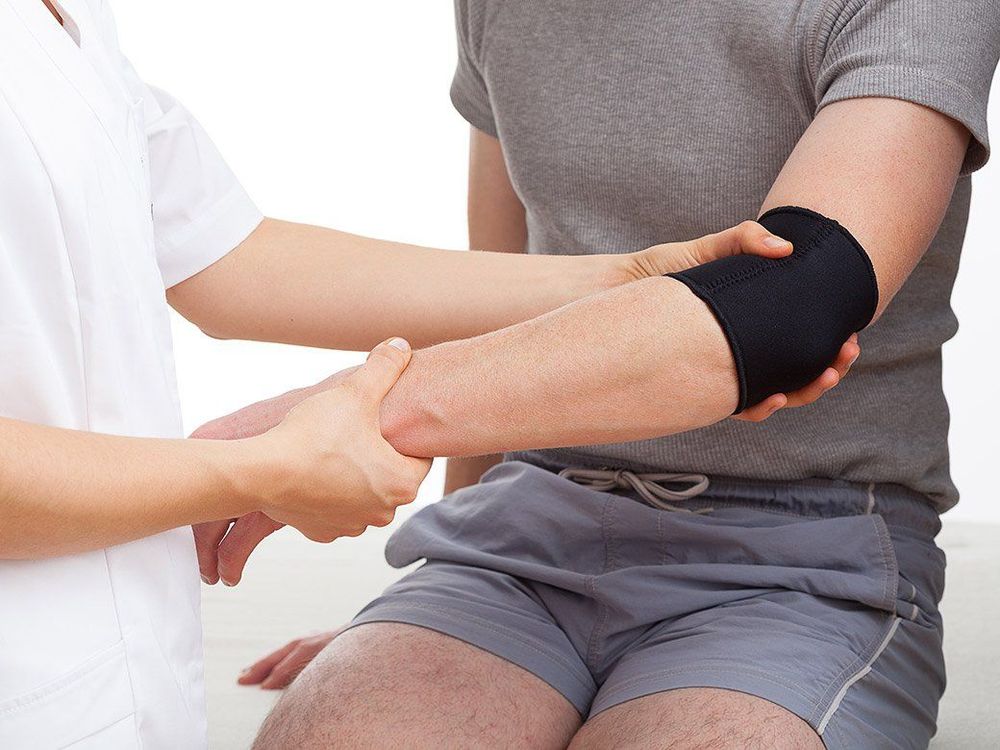
Điều trị bệnh bằng phương pháp vật lý trị liệu
Patients with external neuropathy who receive treatment with or without intervention should actively make changes in their lifestyle to help increase the effectiveness of treatment and prevent recurrence as follows: :
A scientific diet, full of nutrients, especially vitamins that promote the recovery of the nerves. Do not use alcohol or alcoholic beverages because they are toxic to nerve cells. Follow the home exercise regimen of your rehabilitation doctor and treating doctor well. To register for examination and treatment at Vinmec International General Hospital, you can contact Vinmec Health System nationwide, or register online HERE
SEE MORE
Nerve pain and nerve damage Nerve pain of unknown cause Is polyneuritis dangerous? How to resolve?





